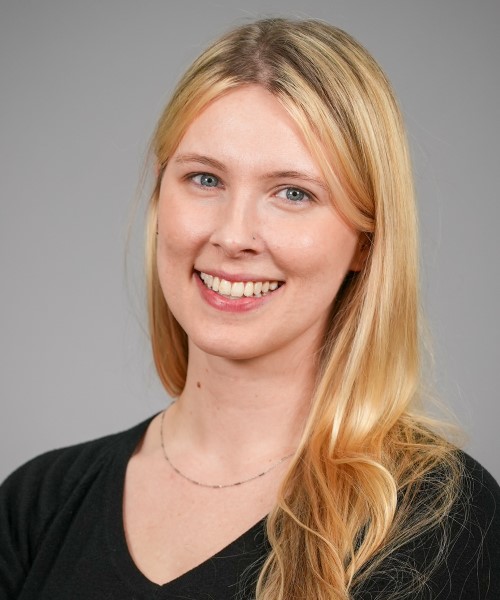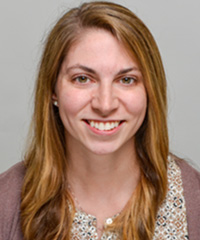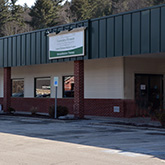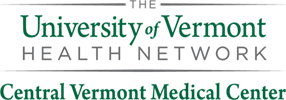At Central Vermont Medical Center our Speech Language Pathologists (SLPs) evaluate and treat children and adults with Apraxia or Dysarthria.
At CVMC Rehabilitation Services, our Speech Language Pathologists (SLPs) work with patients experiencing Apraxia or Dysarthria to evaluate the nature and severity of these disorders and determine the best course of treatment for improving speech abilities and communication skills.
Apraxia
Apraxia of speech is caused by damage to the parts of the brain related to speaking. People with apraxia of speech have trouble sequencing the sounds in syllables and words. The severity depends on the nature of the brain damage. People with apraxia of speech know what words they want to say, but their brains have difficulty coordinating the muscle movements necessary to say those words. They may say something completely different, even made up words.
Treatment
A speech-language pathologist (SLP) can evaluate the individual. Results will determine the nature and severity of the apraxia. An SLP can work with people with apraxia of speech to improve speech abilities and overall communication skills. The muscles of speech often need to be "retrained" to produce sounds correctly and sequence sounds into words. Exercises are designed to allow the person to repeat sounds over and over and practice correct mouth movements for sounds. The person with apraxia of speech may need to slow his or her speech rate down or work on "pacing" their speech so that he or she can produce all necessary sounds.
Dysarthria
Dysarthria occurs when the muscles of the mouth, face, and respiratory system become weak, move slowly, or not move at all after a stroke or other brain injury. The type and severity of dysarthria depend on which area of the nervous system is affected.
Treatment
A SLP can evaluate a person with speech difficulties and determine the nature and severity of the problem. The SLP will look at movement of the lips, tongue, and face, as well as breath support for speech, voice quality, and more. Treatment depends on the cause, type, and severity of the symptoms. An SLP works with the individual to improve communication abilities.
Possible goals of treatment include:
- improving the breath support so the person can speak more loudly;
- strengthening muscles; increasing mouth, tongue, and lip movement;
- improving articulation so that speech is clearer; and,
- teaching caregivers and family members strategies to better communicate with the person with dysarthria.
In severe cases, individuals may learn to use alternative means of communication (e.g., simple gestures, alphabet boards, or electronic or computer-based equipment).
Augmentative and Alternative Communication (AAC) Aids and Devices
When children or adults cannot use speech to communicate effectively in all situations, Augmentative and Alternative Communication (AAC), which includes all forms of communication other than oral speech, can be used to express thoughts, needs, wants and ideas.
We all use AAC when we make facial expressions or gestures, use symbols or pictures, or write. People with severe speech or language problems rely on AAC to supplement existing speech or replace speech that is not functional. Special augmentative aids, such as picture and symbol communication boards and electronic devices, are available to help people express themselves. This may increase social interaction, school performance, and feelings of self-worth. AAC users should not stop using speech if they are able to do so.
 Speech Language Pathologist
Speech Language Pathologist Speech Language Pathologist
Speech Language Pathologist

CVMC Rehabilitation Therapy - Berlin
Phone
Fax
802-371-5350

